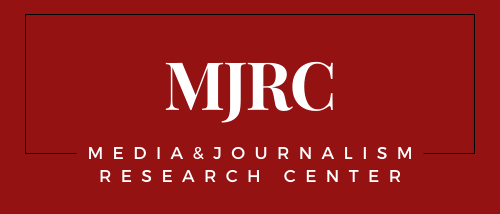Regulatory Capture in Slovakia: Who Benefits Most
The Slovak news media sector remains captured by powerful financial groups and oligarchs. Blame it on regulation (partly).
Thanks to the Constitution, Slovaks enjoy freedom of speech. Press publishing is not restricted in any way and censorship is forbidden in Slovakia. However, the Slovak media regulation remains a heavily politicized process that affects the environment in which journalists and media outlets operate, according to a new report in the Media Influence Matrix series published today by the Center for Media, Data and Society (CMDS).
“All of the regulators covering media are in theory autonomous institutions, but in practice they take orders from the politicians in power as the state has the biggest say in appointing and dismissing their members,”
Marius Dragomir, CMDS director and the report’s author, wrote.
Today, the most debated regulatory issue in Slovakia is the online content. There is no law governing online content in Slovakia yet, but the country’s authority in charge of media regulation, the Council for Broadcasting and Retransmission (RVR), whose original mission was to watchdog the broadcast industry, has been expanding its remit to other types of companies. The RVR has begun in recent years to monitor publishers and telcos. However, it doesn’t cover major on-demand video platforms or social networks such as Netflix and Facebook. How and when these actors will be regulated is yet to be seen.
Journalists interviewed for this report say that the internet should remain unregulated. Designing regulations for online content by using the fake news scare as a pretext is going to lead to more self-censorship among journalists and media outlets, according to the report. The culture ministry is the main initiator of media policies in Slovakia. Parliament plays an equally important role as they often alter the content of laws sent over for approval by the ministry.
On top of political influence, Slovak media regulation is marred by lack of vision and progressive thinking. All that allows “a handful of financial powerhouses with dubious business practices” to capture the country’s news media, according to the report. Moreover, the investigation of the assassination of journalist Jan Kuciak unearthed
“a cesspool of corruption and organized crime that connects major media groups, politicians and criminals,”
Dragomir wrote in the report.
The most recent controversial issue related to media regulation was the approval by Parliament last year of an amendment to the Press Law that would make it easier for politicians to demand a right of reply in the media. The amendment was a response to the “media terror,” the phrase used by the ruling Smer-SD party to refer to critical media coverage.
The 2020 edition of Government, Politics and Regulation: Slovakia report is part of Media Influence Matrix, run by CMDS through a global research and advocacy alliance, the Media and Power Research Consortium, which consists of more than 50 organizations, including academic institutions, advocacy groups, journalist networks and NGOs. The report is an update of a 2018 report based on the Media Influence Matrix methodology.
The main goal of the Media Influence Matrix project is to investigate the profound impact that rapid shifts in policy, funding and technology are having on journalism today. Each country report consists of three studies, covering politics and policy, journalism funding and technology.
The other 2020 editions of the Slovakia Matrix reports will be published in January-February 2020.
Support independent media research – your donation helps keep our work open.
Donate
